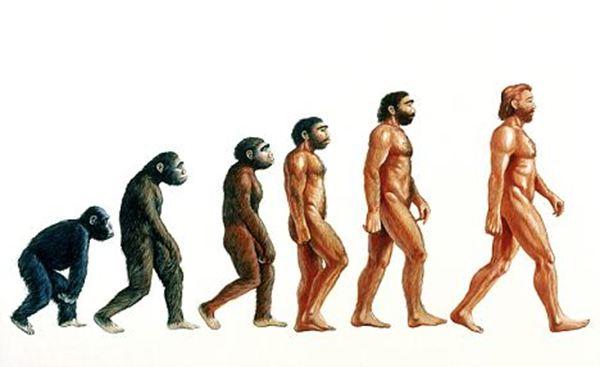
Written By Nawal Asif Khattak Feb 14, 2018
Apes vs Humans
There is an evolutionary belief that all humans are derived from apes. Whether this is universally accepted or not, there are some who believe the differences between the two are too significant to prove otherwise. Apes are omnivorous mammals that were designed for climbing trees, with the exception of gorillas. There are currently 15 species of apes that are widely endangered due to depletion of their natural habitats. Humans on the other hand are similar to gorillas in that we were not designed to climb trees, however we have arms and legs similar to that of apes, and no tails.
Scientists have found some similarities between humans and apes, first being intellectually. Apes have often demonstrated the ability to learn and comprehend, however humans seem to have much more complex thoughts than apes. Additionally, taking the brain of a human and that of an ape will have significant differences, a human’s brain is much more complex and can be divided into lobes and hemispheres.
The ape body is similar to a human’s body as well. Both humans and apes have opposable thumbs and a complex nervous system. However, humans have an organ that apes don’t, which is the appendix. Also,there is more hair covering the entire body of an ape, whereas human hair is only on part of the body. Human and ape muscles are also similar as they both are strong and used to lift and push large objects.
Communication for humans is done by speaking in various languages, dialects, and in some cases using physical signs as a demonstration of thoughts. Apes typically communicate with one another through physical signs and loud grunting noises. Humans have attempted to teach apes how to communicate in many ways and are certain that apes are the only animals that will someday be able to fully communicate with people.
Most apes are now endangered as an effect of human encroachment and human sport. The numbers of apes were once in the millions and now there are less than 400,000 apes in the world. Considering the possibility of humans having been derived from apes, it now seems ironic that humans are now the cause of many apes becoming endangered. While there may seem to be many differences between humans and animals, there are no other commonalities between humans and any other animals like apes.
Genes
The chimpanzee genome was sequenced for the first time in 2005. It was found to differ from the human genome with which it was compared, nucleotide-for-nucleotide, by about 1.23 percent. This amounts to about 40 million differences in our DNA, half of which likely resulted from mutations in the human ancestral line and half in the chimp line since the two species diverged.
From those mutations come the dramatic differences in the species that we see today — differences in intelligence, anatomy, lifestyle and, not least, success at colonizing the planet..jpg)
Summary
1. Humans are said to be the evolutionary products of apes. Humans are omnivorous mammals who live in large jungle areas within trees, humans are mammals who live in cities and towns all across the world.
2. Physically apes are covered in hair and their brain is not as developed as that of a human. Apes and humans however, do share similar organ structures and muscular systems.
3. Communication among humans is done through languages, communication among apes is done with grunting and growls. Humans are attempting to teach apes to communicate as people do.
4. Apes are endangered as human encroachment has led to forest depletion, their numbers are rapidly decreasing.
0 Claps